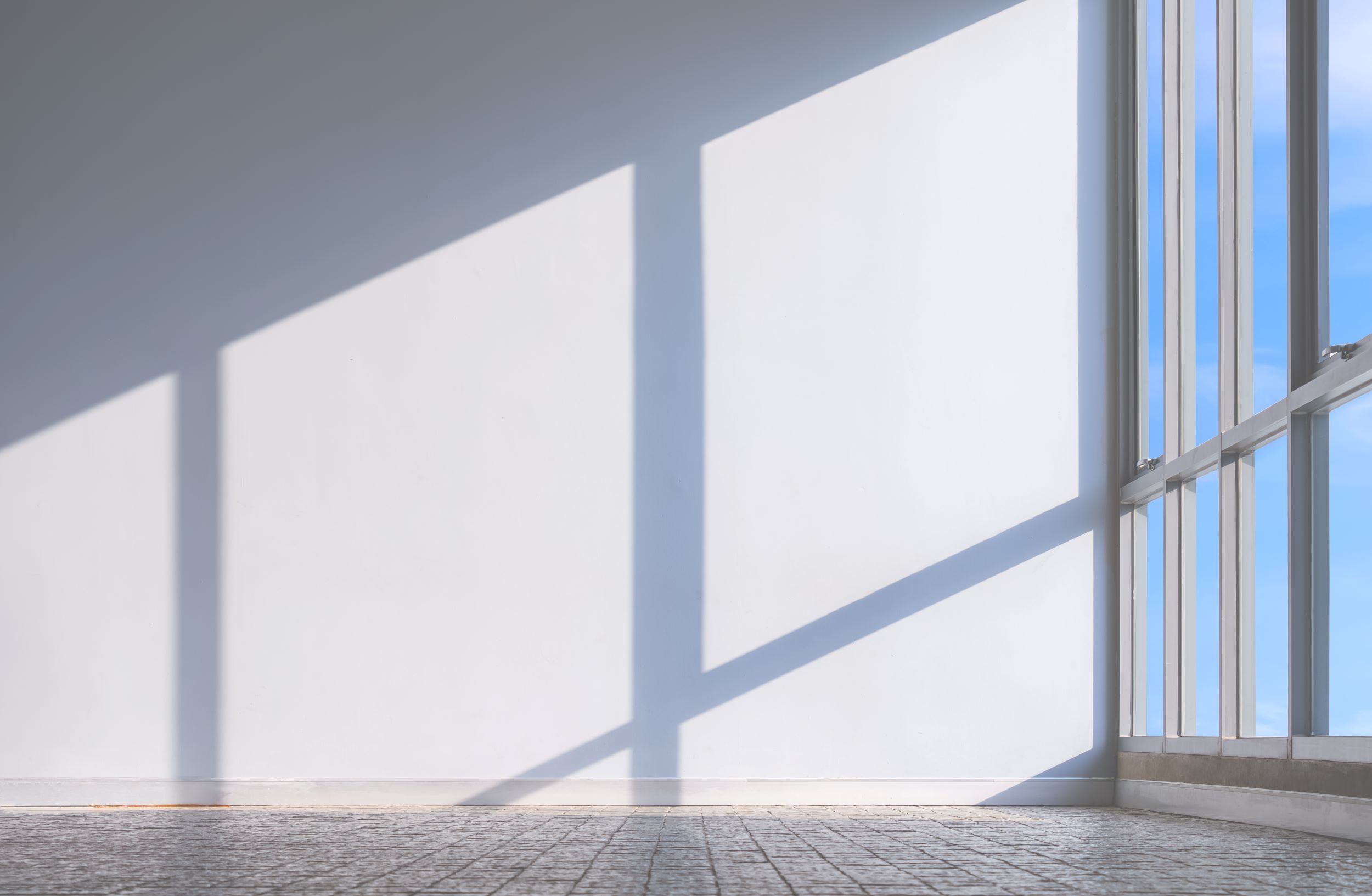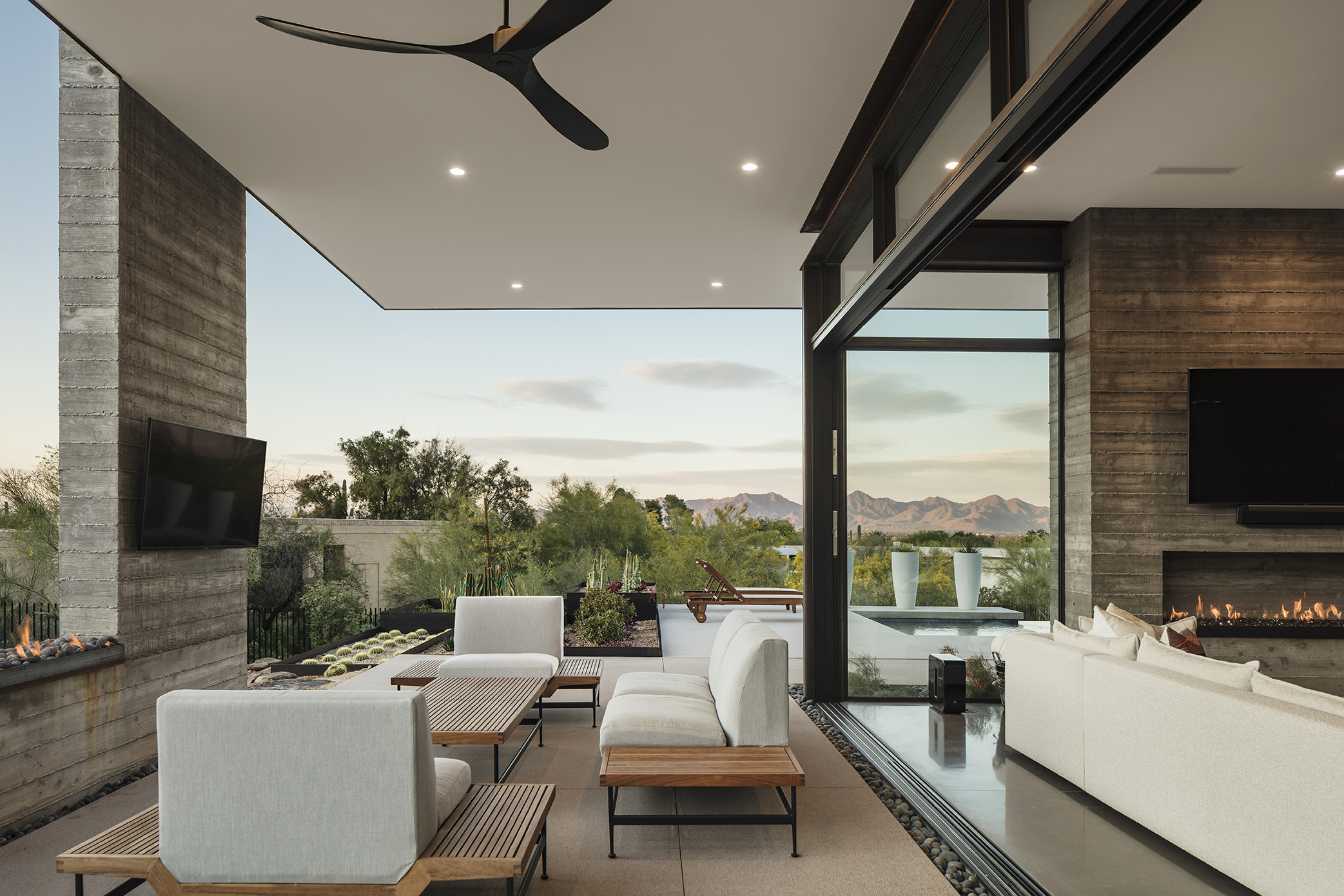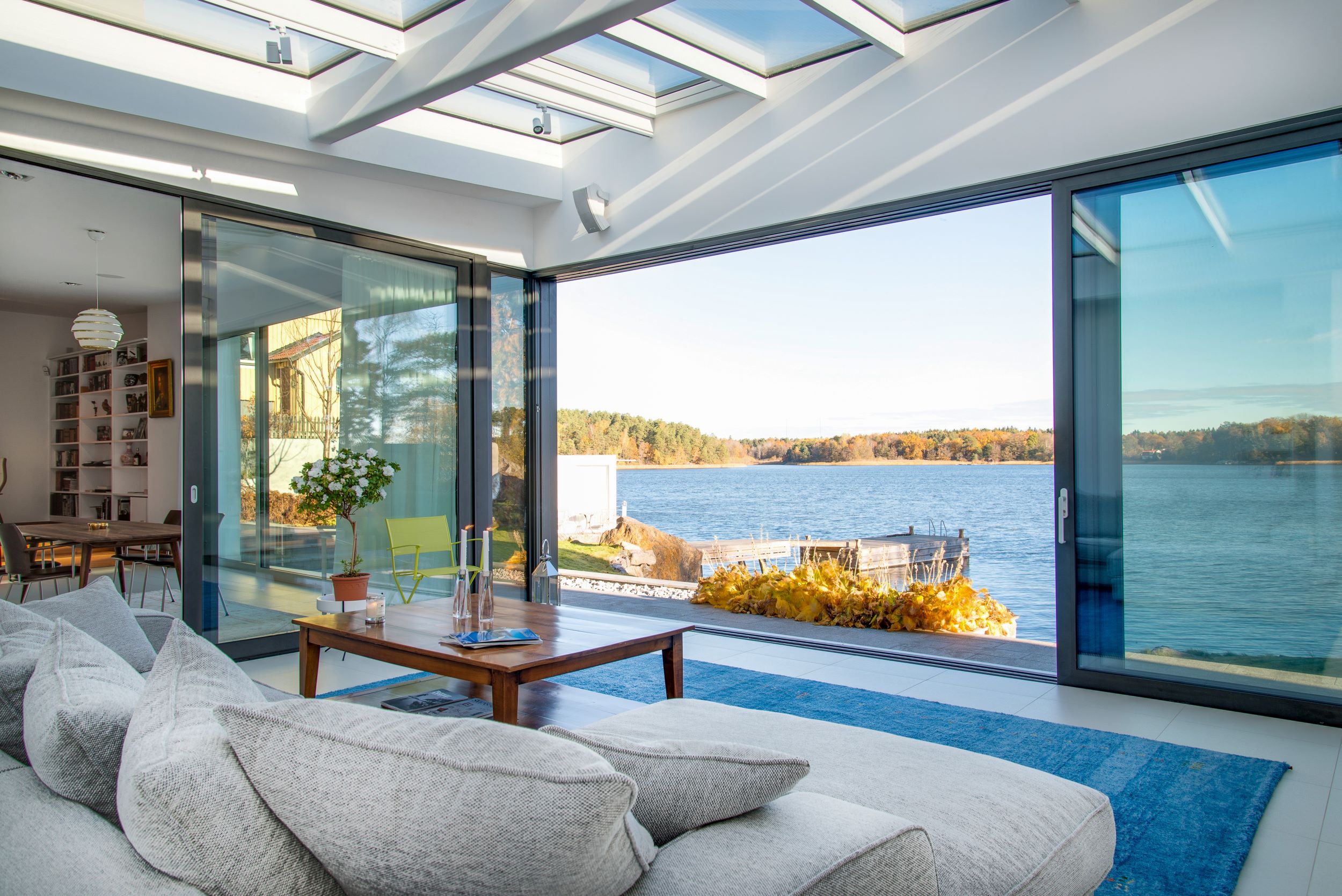Many homeowners tend to put the decision of the type of glass on the back burner after architectural style. Some might not have the right resources to understand the different glass options and which one would be the perfect choice for their needs. We’ve put together a guide to help you understand the different glass options and why your decision is essential for style and performance.
Why Glass Types Matter
Whether building a new home, remodeling, or replacing current windows and doors, glass can completely transform a home’s aesthetic. While aesthetics plays a key role in building your dream home, another significant aspect to consider is functionality. There are many different types of glass to consider, but it’s important to understand why the glass you chose can make an impact for years to come. Here are a few of the top aspects to consider when choosing glass:
- Security. Tropical storms and hurricanes create high winds and flying debris. The right type of glass can prevent shattering upon impact, keeping your loved ones and valuables protected.
- Climate. Whether you want to minimize heat leaving your home or maximize the prevention of heat from coming in, your local climate should be considered.
- Energy efficiency. There are many options for reducing energy costs and consumption. The type of glass, coating, and insulation are all aspects of energy-efficient windows that can lessen air leakage.
- Noise control. Sometimes, outside noises and unwanted sounds are inevitable, especially if you live in a highly populated area. With the right glass, you can achieve your desired level of silence.
- Number of panes. If your location would benefit from additional impact resistance and added insulation, installing glass with multiple panes may be right for you.
Top-Performing Glass Types
Laminated (Our Recommendation) – Laminated glass is created with a type of safety glazing by bonding two sheets of solid glass with a sturdy interlayer. This feature prevents flying shards of glass from breaking away from the frame and creates an effective barrier against entry for added security.
Two popular options for the interlayer are PVB (Polyvinyl Butyral) or SGP (SentryGlas® Plus). PVB has a tough plastic resin and SGP has an ionoplast interlayer which is more rigid and provides greater clarity. Both are considered safety glass and have a high UV block index, however, SGP is thicker, stronger, and can bear higher loads; it’s a preferred choice in areas prone to hurricanes. PVB is more cost-effective and is suitable for placement where a high structural performance is not required.
The solid glass planes bonded together are known as monolithic glass. This high-performing glass can be reinforced using different treatment methods to increase its resistance. Once bonded together, they act as a single impact-resistant unit. This makes laminated glass an excellent selection for homes in the Caribbean and is one of our top recommendations.
Insulated – Insulated glass is manufactured with spacers around the perimeter of glass sheets, and is used primarily in northern (colder) regions as there is a significant disparity of 50+ degrees between exterior and interior temperatures. Warmer areas like the Caribbean do not experience such a difference between internal/external conditions; therefore, insulated glass is not necessary. Additionally, the exterior piece of insulated glass is considered a ‘sacrificial’ piece that may be prone to damage if not treated properly prior to installation.
At Prestige Island Exports, we have our client’s best interests in mind and aim to educate and guide them toward product solutions that will provide energy calculations at the most reasonable price. Explore your options with us today to learn more about our window and door options and how we can help you choose the best glass.
